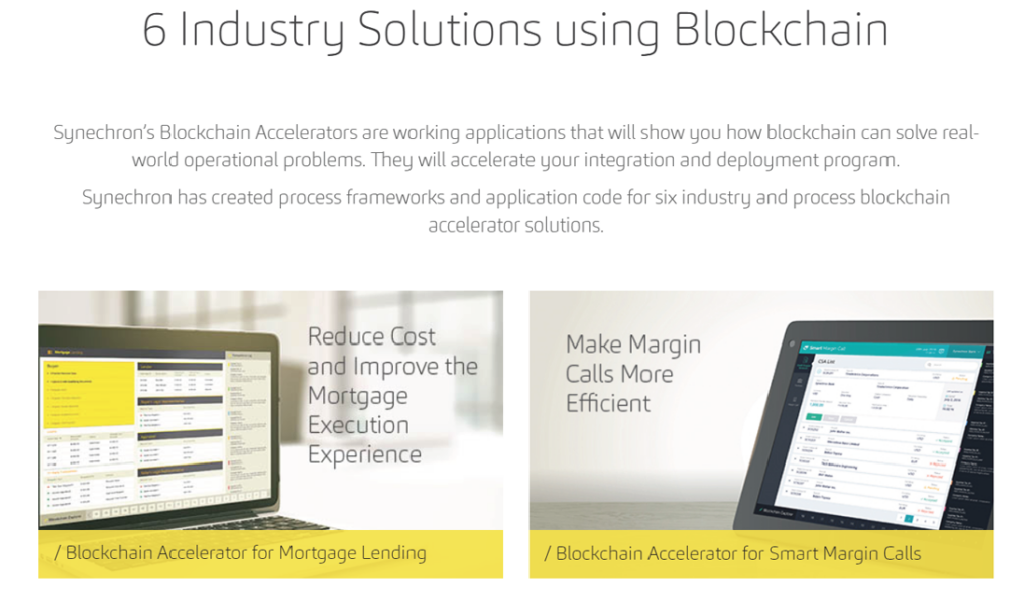
Random Notes on Technology and Marketing
Ad agencies have long relied on creative briefs to provide assignment basics. Often structured in the form of a questionnaire, briefs give communications teams a common understanding of the requirements and key considerations that drive campaign deliverables. In our experience, the best briefs, whether for advertising campaigns or technical content, extract insights from project or campaign research, adding new layers of meaning.
Why
- Provide new insights and priorities, and bring teams together.
Use Cases
- Create alignment between product, development, and communications teams.
- Develop product documentation for external and internal audiences.
- Present new products or services to the market.
Method
- Complete a content brief questionnaire for assignments. You can find creative brief templates online or download the Canright Content Brief.
- Include statements of organizational purpose, mission, and goals. Use what comes with the understanding that the project’s context may help refine them.
- Answer all of the traditional project questions while keeping an organizational context in mind. This may help refine your initial project purpose and goals.
- Research the product and service’s competitive market to further refine your content and communications project.
- Add any insights that the organizational, project and market contexts spark in the final write-up and share it with the product, creative, and executive teams.
- Gather and analyze responses and reactions. These may point to needs for product and service refinement, additional competitive analysis, or new communications directions.
Communications Conversations is a weekly recap of the solutions and themes we’ve been working on. At Canright Communications, we’ve spent decades helping clients market and sell their ideas, innovations, products, and solutions through clear technical communications and marketing writing.
Contact us if you’re interested in our services at collin@canrightcommunications.com




